Apple Announces The Apple Silicon M1: Ditching x86 - What to Expect, Based on A14
by Andrei Frumusanu on November 10, 2020 3:00 PM EST- Posted in
- Apple
- Apple A14
- Apple Silicon
- Apple M1
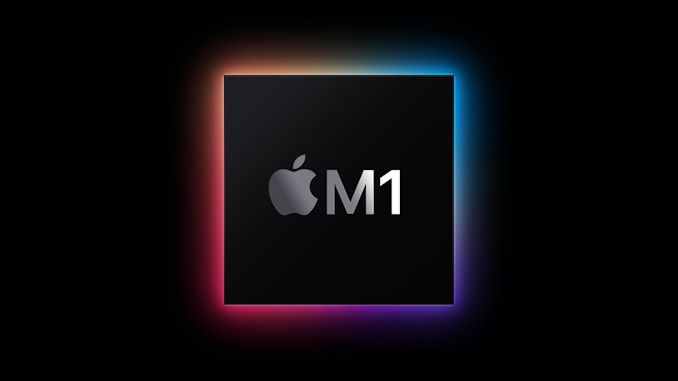
Today, Apple has unveiled their brand-new MacBook line-up. This isn’t an ordinary release – if anything, the move that Apple is making today is something that hasn’t happened in 15 years: The start of a CPU architecture transition across their whole consumer Mac line-up.
Thanks to the company’s vertical integration across hardware and software, this is a monumental change that nobody but Apple can so swiftly usher in. The last time Apple ventured into such an undertaking in 2006, the company had ditched IBM’s PowerPC ISA and processors in favor of Intel x86 designs. Today, Intel is being ditched in favor of the company’s own in-house processors and CPU microarchitectures, built upon the Arm ISA.
The new processor is called the Apple M1, the company’s first SoC designed with Macs in mind. With four large performance cores, four efficiency cores, and an 8-GPU core GPU, it features 16 billion transistors on a 5nm process node. Apple’s is starting a new SoC naming scheme for this new family of processors, but at least on paper it looks a lot like an A14X.
Today’s event contained a ton of new official announcements, but also was lacking (in typical Apple fashion) in detail. Today, we’re going to be dissecting the new Apple M1 news, as well as doing a microarchitectural deep dive based on the already-released Apple A14 SoC.
The Apple M1 SoC: An A14X for Macs
The new Apple M1 is really the start of a new major journey for Apple. During Apple’s presentation the company didn’t really divulge much in the way of details for the design, however there was one slide that told us a lot about the chip’s packaging and architecture:
This packaging style with DRAM embedded within the organic packaging isn't new for Apple; they've been using it since the A12. However it's something that's only sparingly used. When it comes to higher-end chips, Apple likes to use this kind of packaging instead of your usual smartphone POP (package on package) because these chips are designed with higher TDPs in mind. So keeping the DRAM off to the side of the compute die rather than on top of it helps to ensure that these chips can still be efficiently cooled.
What this also means is that we’re almost certainly looking at a 128-bit DRAM bus on the new chip, much like that of previous generation A-X chips.
On the very same slide, Apple also seems to have used an actual die shot of the new M1 chip. It perfectly matches Apple’s described characteristics of the chip, and it looks looks like a real photograph of the die. Cue what's probably the quickest die annotation I’ve ever made:
We can see the M1’s four Firestorm high-performance CPU cores on the left side. Notice the large amount of cache – the 12MB cache was one of the surprise reveals of the event, as the A14 still only featured 8MB of L2 cache. The new cache here looks to be portioned into 3 larger blocks, which makes sense given Apple’s transition from 8MB to 12MB for this new configuration, it is after all now being used by 4 cores instead of 2.
Meanwhile the 4 Icestorm efficiency cores are found near the center of the SoC, above which we find the SoC’s system level cache, which is shared across all IP blocks.
Finally, the 8-core GPU takes up a significant amount of die space and is found in the upper part of this die shot.
What’s most interesting about the M1 here is how it compares to other CPU designs by Intel and AMD. All the aforementioned blocks still only cover up part of the whole die, with a significant amount of auxiliary IP. Apple made mention that the M1 is a true SoC, including the functionality of what previously was several discrete chips inside of Mac laptops, such as I/O controllers and Apple's SSD and security controllers.
The new CPU core is what Apple claims to be the world’s fastest. This is going to be a centre-point of today’s article as we dive deeper into the microarchitecture of the Firestorm cores, as well look at the performance figures of the very similar Apple A14 SoC.
With its additional cache, we expect the Firestorm cores used in the M1 to be even faster than what we’re going to be dissecting today with the A14, so Apple’s claim of having the fastest CPU core in the world seems extremely plausible.
The whole SoC features a massive 16 billion transistors, which is 35% more than the A14 inside of the newest iPhones. If Apple was able to keep the transistor density between the two chips similar, we should expect a die size of around 120mm². This would be considerably smaller than past generation of Intel chips inside of Apple's MacBooks.
Road To Arm: Second Verse, Same As The First
Section by Ryan Smith
The fact that Apple can even pull off a major architectural transition so seamlessly is a small miracle, and one that Apple has quite a bit of experience in accomplishing. After all, this is not Apple’s first-time switching CPU architectures for their Mac computers.
The long-time PowerPC company came to a crossroads around the middle of the 2000s when the Apple-IBM-Motorola (AIM) alliance, responsible for PowerPC development, increasingly struggled with further chip development. IBM’s PowerPC 970 (G5) chip put up respectable performance numbers in desktops, but its power consumption was significant. This left the chip non-viable for use in the growing laptop segment, where Apple was still using Motorola’s PowerPC 7400 series (G4) chips, which did have better power consumption, but not the performance needed to rival what Intel would eventually achieve with its Core series of processors.
And thus, Apple played a card that they held in reserve: Project Marklar. Leveraging the flexibility of the Mac OS X and its underlying Darwin kernel, which like other Unixes is designed to be portable, Apple had been maintaining an x86 version of Mac OS X. Though largely considered to initially have been an exercise in good coding practices – making sure Apple was writing OS code that wasn’t unnecessarily bound to PowerPC and its big-endian memory model – Marklar became Apple’s exit strategy from a stagnating PowerPC ecosystem. The company would switch to x86 processors – specifically, Intel’s x86 processors – upending its software ecosystem, but also opening the door to much better performance and new customer opportunities.
The switch to x86 was by all metrics a big win for Apple. Intel’s processors delivered better performance-per-watt than the PowerPC processors that Apple left behind, and especially once Intel launched the Core 2 (Conroe) series of processors in late 2006, Intel firmly established itself as the dominant force for PC processors. This ultimately setup Apple’s trajectory over the coming years, allowing them to become a laptop-focused company with proto-ultrabooks (MacBook Air) and their incredibly popular MacBook Pros. Similarly, x86 brought with it Windows compatibility, introducing the ability to directly boot Windows, or alternatively run it in a very low overhead virtual machine.
The cost of this transition, however, came on the software side of matters. Developers would need to start using Apple’s newest toolchains to produce universal binaries that could work on PPC and x86 Macs – and not all of Apple’s previous APIs would make the jump to x86. Developers of course made the jump, but it was a transition without a true precedent.
Bridging the gap, at least for a bit, was Rosetta, Apple’s PowerPC translation layer for x86. Rosetta would allow most PPC Mac OS X applications to run on the x86 Macs, and though performance was a bit hit-and-miss (PPC on x86 isn’t the easiest thing), the higher performance of the Intel CPUs helped to carry things for most non-intensive applications. Ultimately Rosetta was a band-aid for Apple, and one Apple ripped off relatively quickly; Apple already dropped Rosetta by the time of Mac OS X 10.7 (Lion) in 2011. So even with Rosetta, Apple made it clear to developers that they expected them to update their applications for x86 if they wanted to keeping selling them and to keep users happy.
Ultimately, the PowerPC to x86 transitions set the tone for the modern, agile Apple. Since then, Apple has created a whole development philosophy around going fast and changing things as they see fit, with only limited regard to backwards compatibility. This has given users and developers few options but to enjoy the ride and keep up with Apple’s development trends. But it has also given Apple the ability to introduce new technologies early, and if necessary, break old applications so that new features aren’t held back by backwards compatibility woes.
All of this has happened before, and it will all happen again starting next week, when Apple launches their first Apple M1-based Macs. Universal binaries are back, Rosetta is back, and Apple’s push to developers to get their applications up and running on Arm is in full force. The PPC to x86 transition created the template for Apple for an ISA change, and following that successful transition, they are going to do it all over again over the next few years as Apple becomes their own chip supplier.
A Microarchitectural Deep Dive & Benchmarks
In the following page we’ll be investigating the A14’s Firestorm cores which will be used in the M1 as well, and also do some extensive benchmarking on the iPhone chip, setting the stage as the minimum of what to expect from the M1:


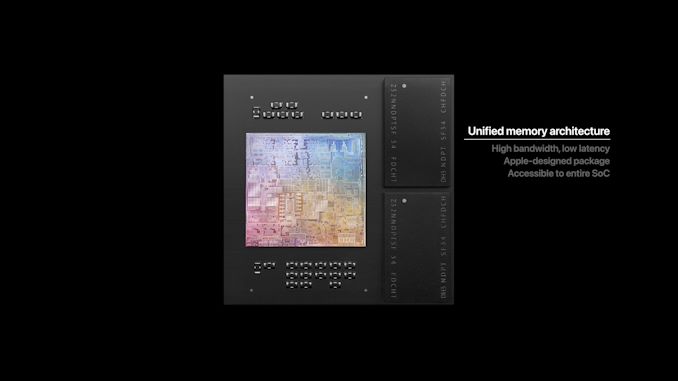
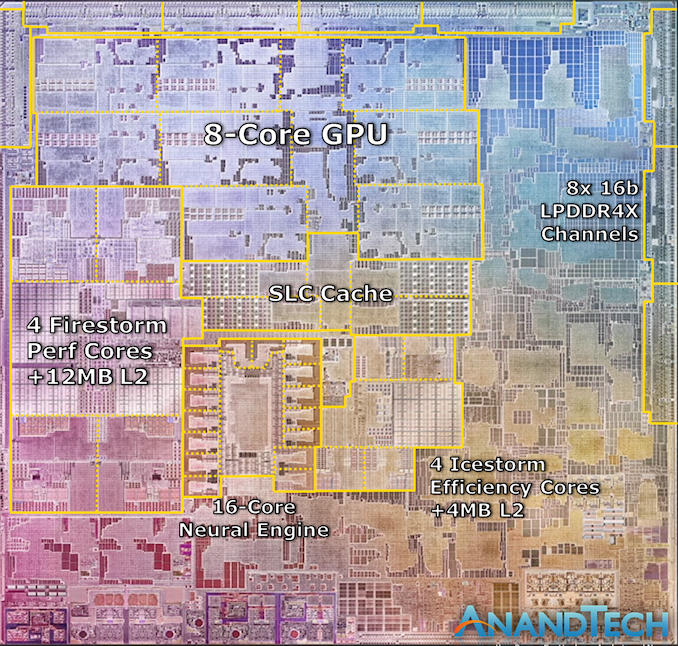
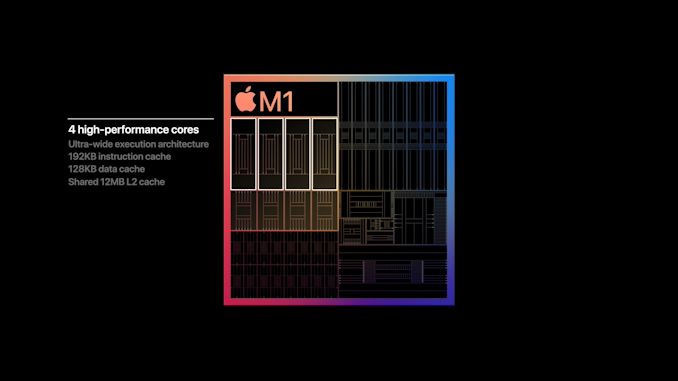

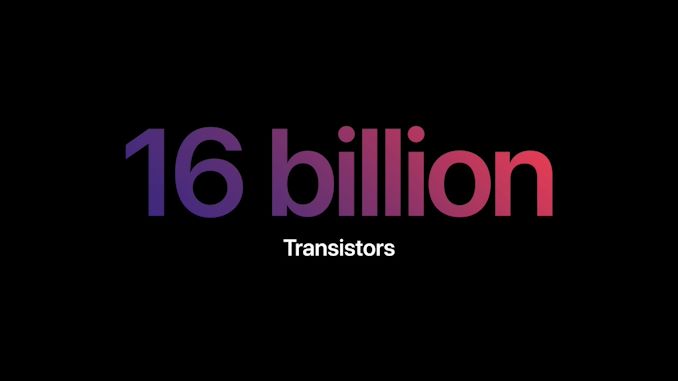
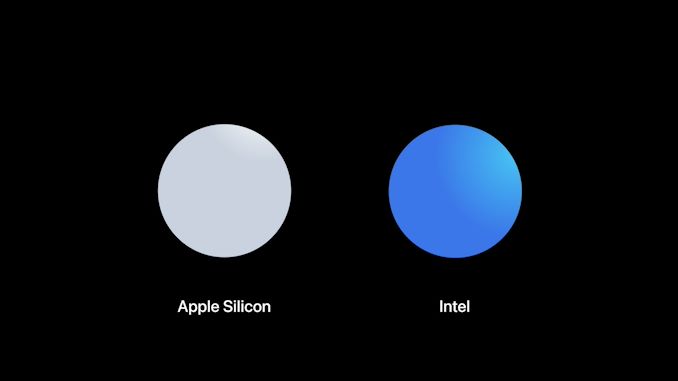








644 Comments
View All Comments
mdriftmeyer - Thursday, November 12, 2020 - link
This is an utterly ignorant comment.vais - Thursday, November 12, 2020 - link
Please preorder a macbook air and run any of this years AAA games on highest settings. Take a screenshot of the FPS and post it. Those losers will cry!Or maybe you will be the one crying, who knows.
corinthos - Thursday, November 12, 2020 - link
won't need to.. i can get a ps5 or xbox series x for games.. for video editing, i'll use the measly macbook air m1 and blow away the pcmr "beasts"vais - Friday, November 13, 2020 - link
Oh yes, I bet Macbook air M1's will soon replace the crappy hardware in render farms too.MrCrispy - Thursday, November 12, 2020 - link
There is no doubt that Apple Silicon/M1 is a great technical achievement.There is also no doubt about Apple's consistent history of lies, misleading statements, consistently refusing to provide technical data or meaningful comparisons and relying on RDF/hype.
e.g. 'x86 via emulation on AS performs as fast as native x86' - complete nonsense, since they compared a 2yr old cpu, have not bothered to test any edge cases or any guarantee they can offer full backward compatibility.
Inb fact backcompat is almost 100% NOT guaranteed, as Apple in general scoffs at the concept and has never bothered to engineer it unlike Microsoft, and companies with much more experience e.g. Microsoft/IBM have failed to provide it when they tried.
Will an M1 MBP be faster than the latest Ryzen/Intel desktop class cpu in any general purpose computing task, in all perf bands and not just in burst mode, whilst having 2x battery life, AND provide perfect emulation for any x86 app including 30-40 years of legacy code - highly doubtful.
And even if it does it comes at a massive price premium, completely locked hardware and software, no upgrade or servicing or any reuse/recycling at all, extremely bad for environment.
Apple is the very definition of a closed, anti-consumer, for profit company. Do I want the massive plethora of x86 pc's at every possible price range to disappear in favor of $$$$$$ Apple products that exclude 99% of thr world population - hell no !!
andynormancx - Thursday, November 12, 2020 - link
Apple aren't claiming 100% backwards compatibility with all x86 code, they don't need to support "30-40 years of legacy code" and they aren't saying they are going to.For a start they are only support 64 bit x86 code, they don't need to support 32 bit code as they already depreciated support for that in the last version of MacOS (no doubt partly to support the x86 - ARM transition).
They have also said that some instructions won't be supported, I think it was some of the vector based ones.
It of course isn't Apple's first time to do this either. They had the very successfully PowerPC to Intel emulation when they moved to Intel. People including me ran lots of PowerPC apps on Intel for several years, it worked very well.
andynormancx - Thursday, November 12, 2020 - link
I should say that emulation isn't really the right word to be using. Rosetta 2 isn't really attempting to model the inner workings of a x86 chip.It is translating the x86 code to equivalent ARM code when the app is first run. This includes wiring it up to the equivalent native ARM versions of any system frameworks the app uses. So apps that spend a lot of time in native non-translated ARM code for a lot of their run time.
For things like games that use the Metal GPU framework extensively, there is every chance that they _could_ end up running faster on the new ARM machines with their translated code than they did in the outgoing x86 MacBooks.
andynormancx - Thursday, November 12, 2020 - link
Microsoft have posted that x86 Office 2019 works on the ARM translation and "There are no feature differences". And for performance they say "The first launch of each Office app will take longer as the operating system has to generate optimized code for the Apple Silicon processor. Users will notice that the apps 'bounce' in the dock for approximately 20 seconds while this process completes. Subsequent app launches will be fast."https://support.microsoft.com/en-us/office/microso...
MrCrispy - Thursday, November 12, 2020 - link
I understand Rosetta 2 won't support virtualization or AVX, thats fine. The question is will an x86 app run identically on an Intel and AS MBP? I don't know how much demand there is going to be for this as Apple is pretty strict about forcing devs to upgrade to latest, and app developers will be quick to claim 'natively runs on AS' badges which I'm sure will forthcoming.The question of speed still remains. When does embargo lift on M1 MBP reviews?
Also M1 will not be able run a VM. MBPs are very popular with devs and running VMs is a big part of that.
andynormancx - Thursday, November 12, 2020 - link
There will be plenty of demand for it. There will be plenty of apps that with take months or years to get updated fully and plenty that never get updated (though admittedly quite a few of those probably went away with the 32 bit depreciation).The embargo will typically lift the day before people starting receiving the first orders. So probably on Monday.
Not being able to run x86 in a VM will certainly be a disadvantage for some people. I would have been one of those people until four years ago, I spent a lot of time in VirtualBox running Visual Studio on my Mac. An ARM laptop certainly wouldn't have been an attractive option for me then.
There will I'm sure be truly emulated options, to run Windows/Linux in x86 on Apple Silicon, but then of course that will have a whole different level of performance overhead. If I need to run x86 Windows on my ARM Mac, when I have one, I expect I'll opt for a VM in the cloud instead.
Also, I'm sure if performance under Rosetta 2 was bad then there would have been mutterings from the developers who've had the A12X based machines, NDA or no NDA...